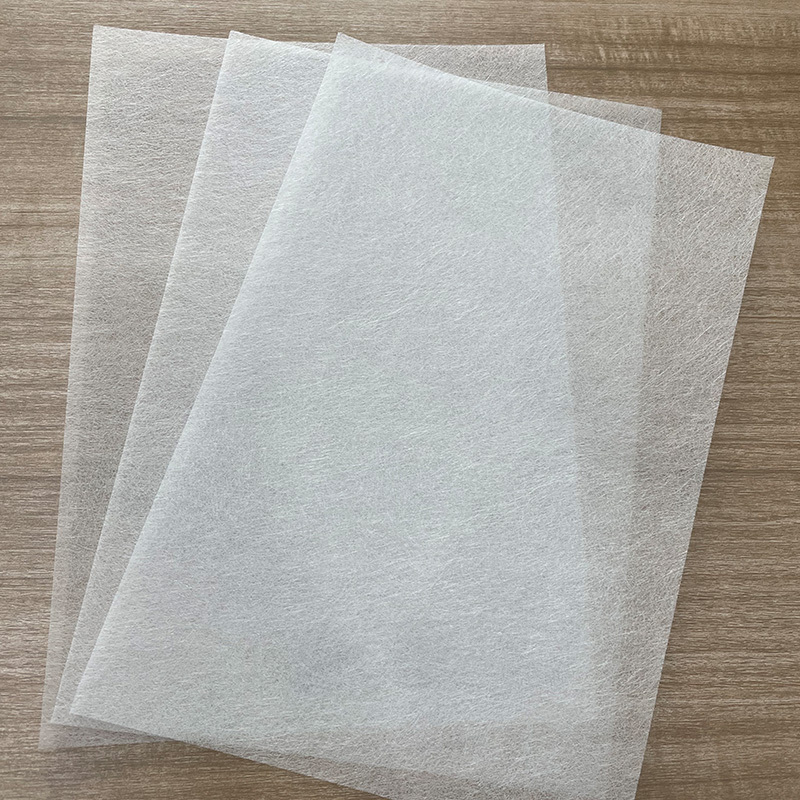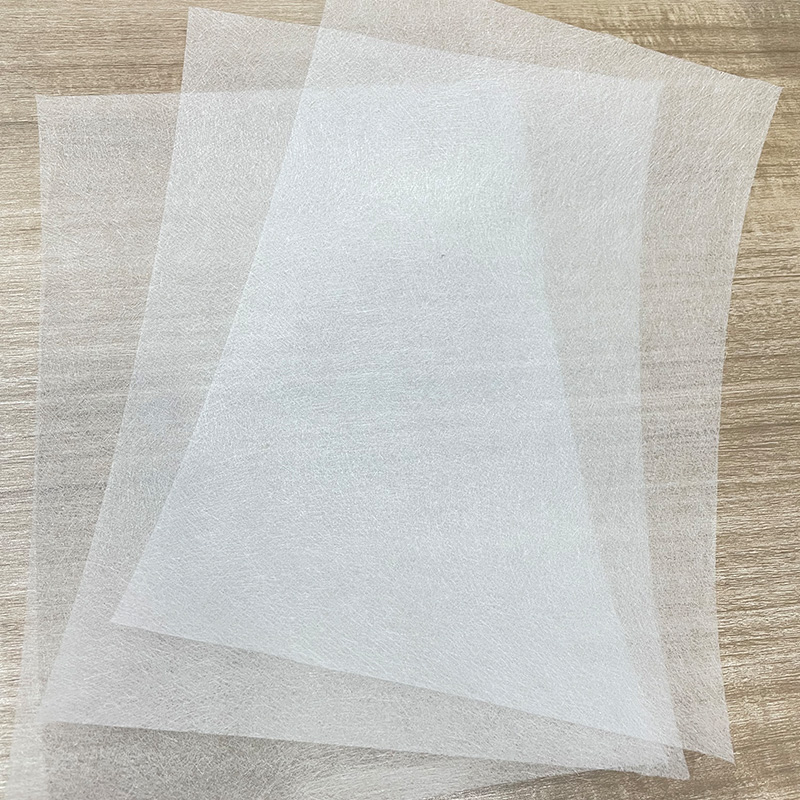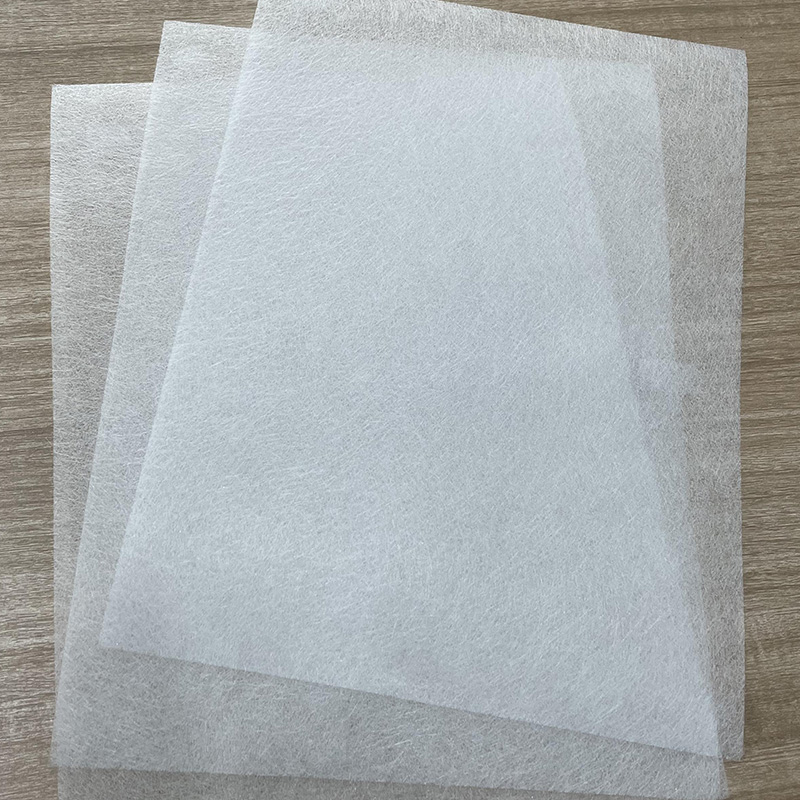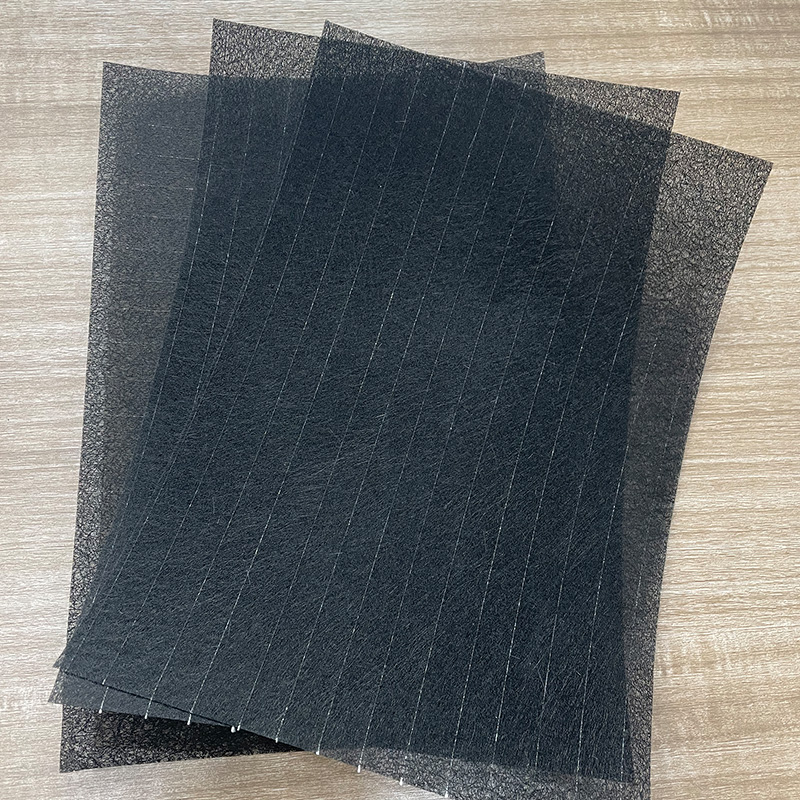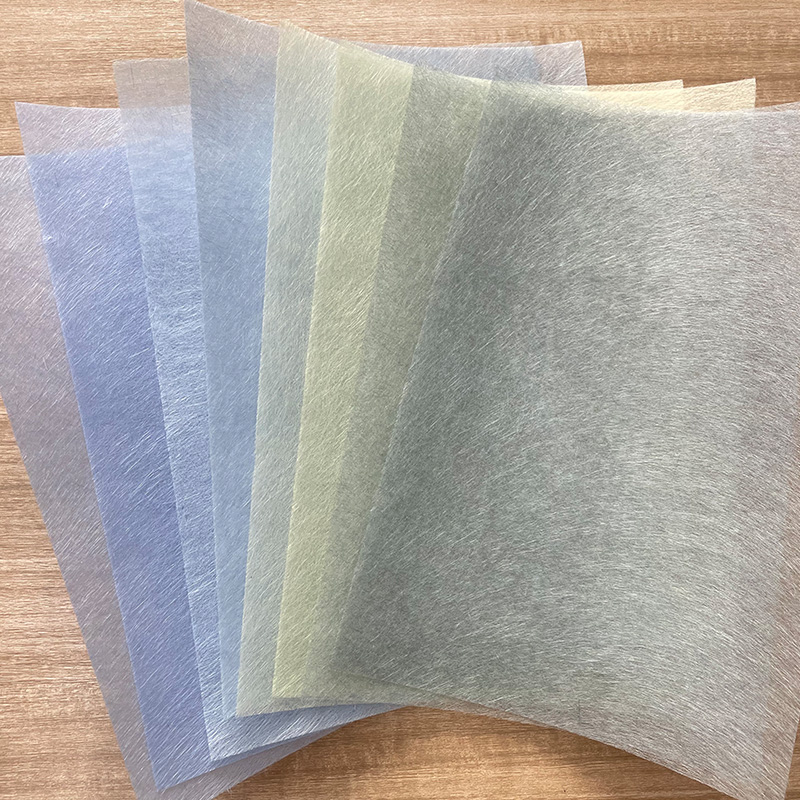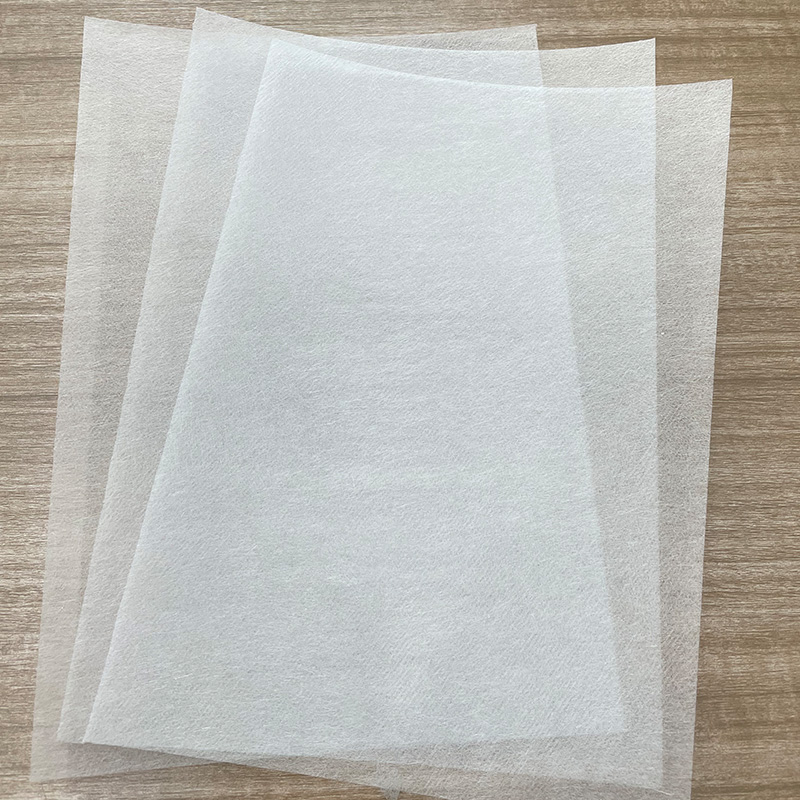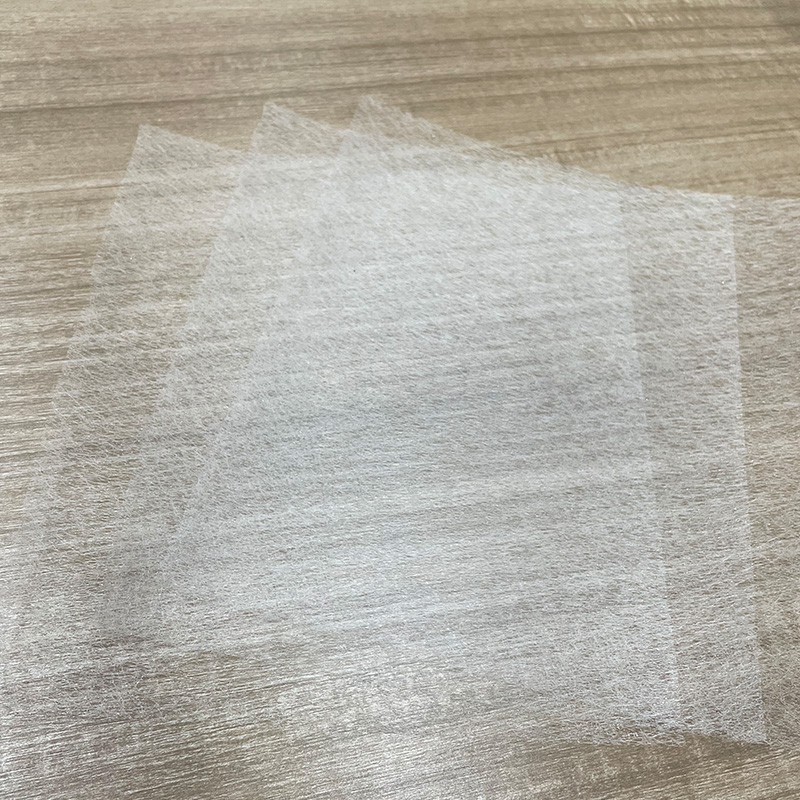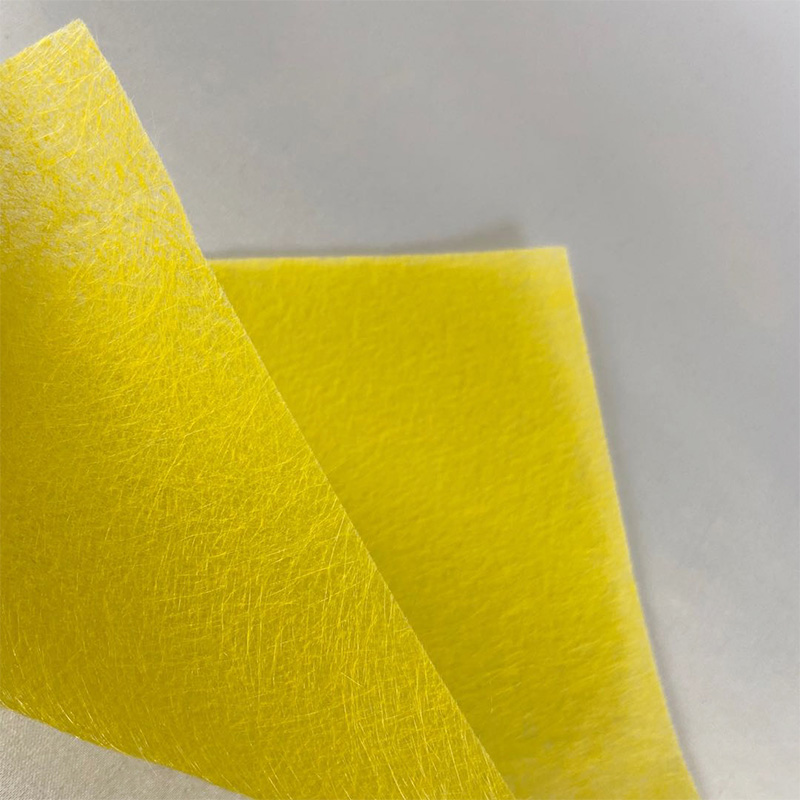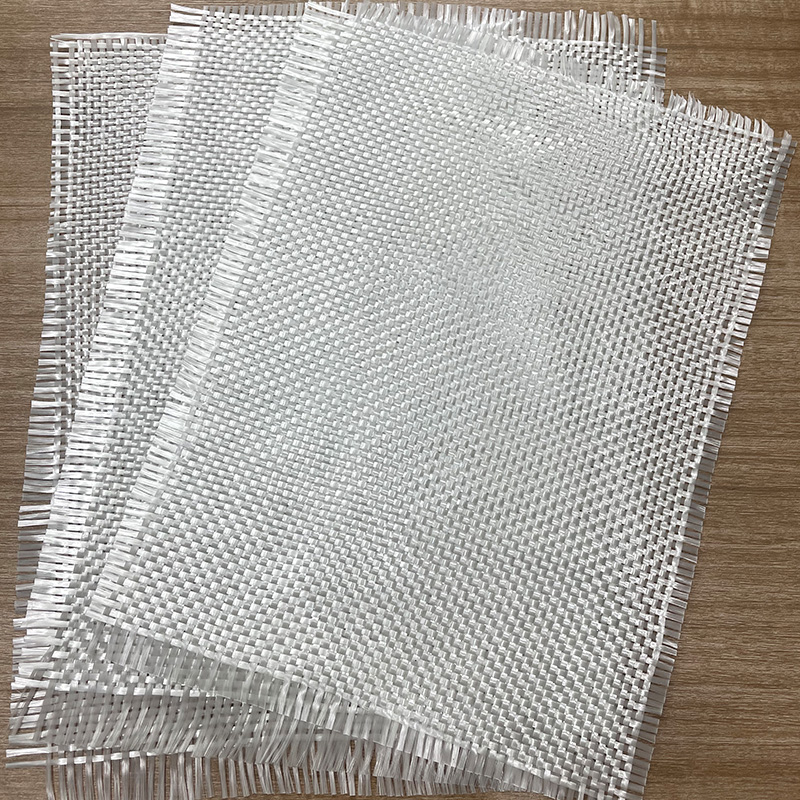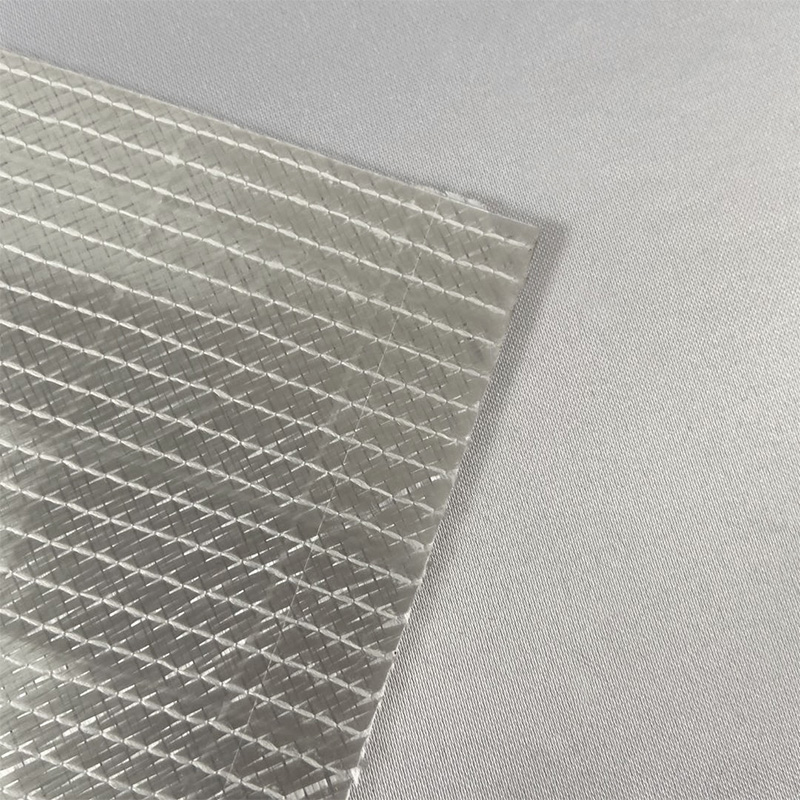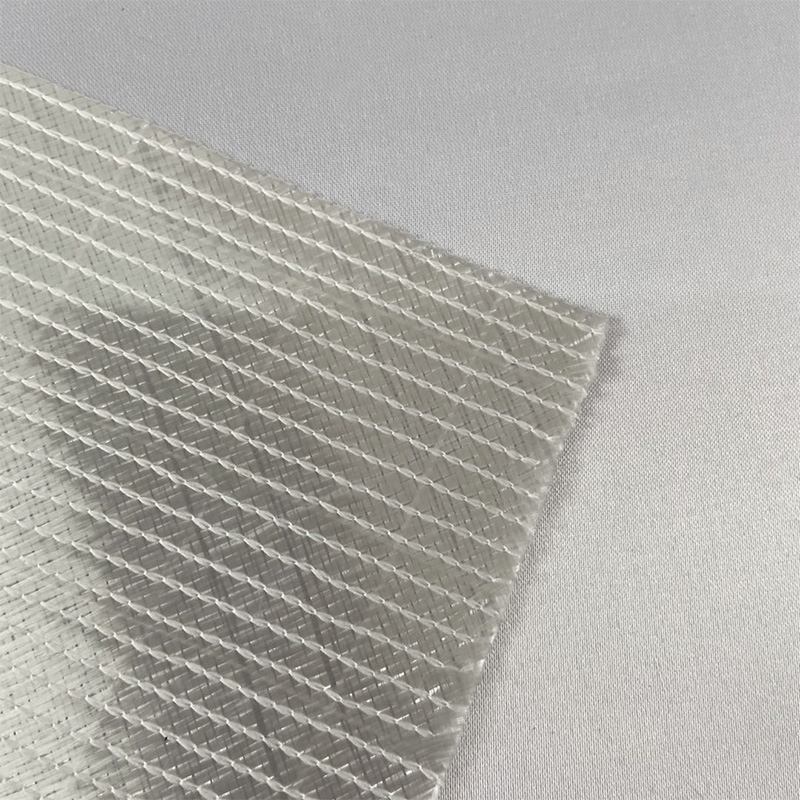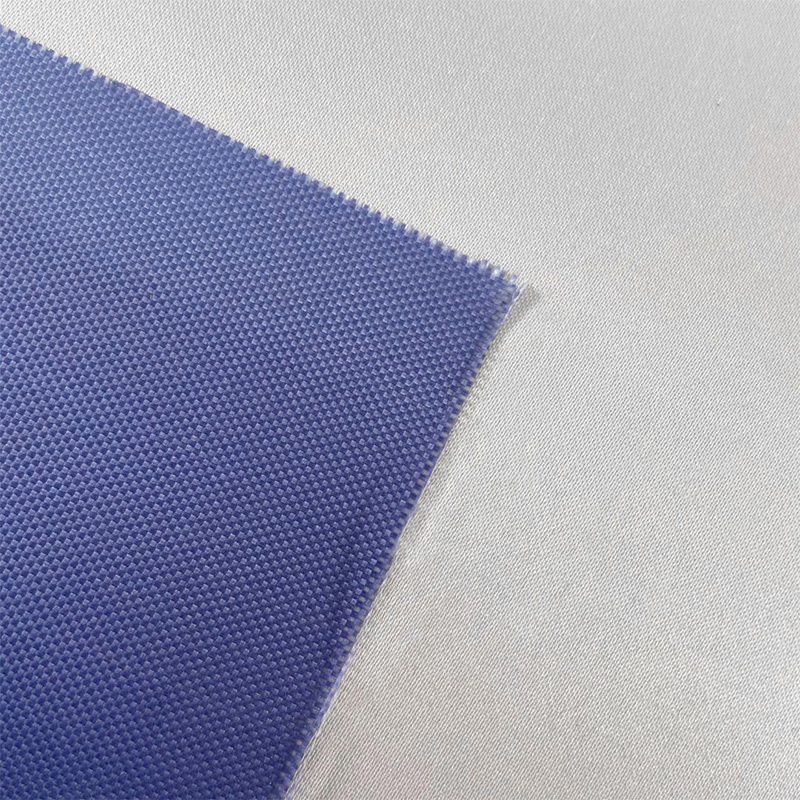275g Unidirectional Glass Fiber Cloth Dimensional stability is a critical property in aerospace applications, where materials are subjected to extreme temperature variations, mechanical stress, and demanding environmental conditions. In the realm of composite structures, the dimensional stability of reinforcement materials like 275g Unidirectional Glass Fiber Cloth plays a pivotal role in ensuring the structural integrity and longevity of aerospace components.
1. Thermal Expansion Control:
Composite structures in aerospace applications are often exposed to significant temperature fluctuations, especially during flight operations. The dimensional stability of 275g Unidirectional Glass Fiber Cloth helps to mitigate the effects of thermal expansion and contraction. Glass fibers have low coefficients of thermal expansion, meaning they expand and contract minimally when exposed to temperature changes. This characteristic ensures that composite components maintain their shape and dimensions, reducing the risk of distortion or warping that could compromise structural integrity.
2. Precision Manufacturing:
In aerospace manufacturing processes, precision is paramount. The dimensional stability of the glass fiber cloth enables manufacturers to maintain tight tolerances during lay-up and curing processes. This ensures that composite parts conform precisely to design specifications, reducing the need for rework or adjustments. Components with accurate dimensions contribute to the overall performance of aerospace structures, optimizing aerodynamic efficiency and minimizing weight.
3. Resistance to Moisture Absorption:
Moisture absorption can lead to dimensional changes in composite materials over time, particularly in humid environments or during exposure to moisture ingress. However, glass fibers exhibit low moisture absorption rates, preserving the dimensional stability of composite structures. This resistance to moisture ensures that aerospace components maintain their structural integrity and performance characteristics over the lifespan of the aircraft, even in challenging operating conditions.
4. Structural Durability:
Aerospace structures must withstand various mechanical loads, including vibrations, impacts, and aerodynamic forces. The dimensional stability of 275g Unidirectional Glass Fiber Cloth enhances the durability of composite components by minimizing deformation under load. This property contributes to the fatigue resistance and long-term structural reliability of aerospace structures, ensuring safe operation throughout the service life of the aircraft.
5. Maintenance and Service Life:
The dimensional stability of composite materials directly influences maintenance requirements and service life expectancy in aerospace applications. Components that maintain their dimensions accurately experience fewer dimensional changes over time, reducing the frequency of inspections and repairs. By enhancing the longevity of composite structures, the dimensional stability of glass fiber cloth contributes to overall aircraft reliability and operational efficiency.
The dimensional stability of 275g Unidirectional Glass Fiber Cloth is a critical factor in the performance and longevity of composite structures in aerospace applications. By controlling thermal expansion, maintaining precision manufacturing tolerances, resisting moisture absorption, enhancing structural durability, and extending service life, this property ensures the integrity and reliability of aerospace components, ultimately contributing to the safety and efficiency of aircraft operations.
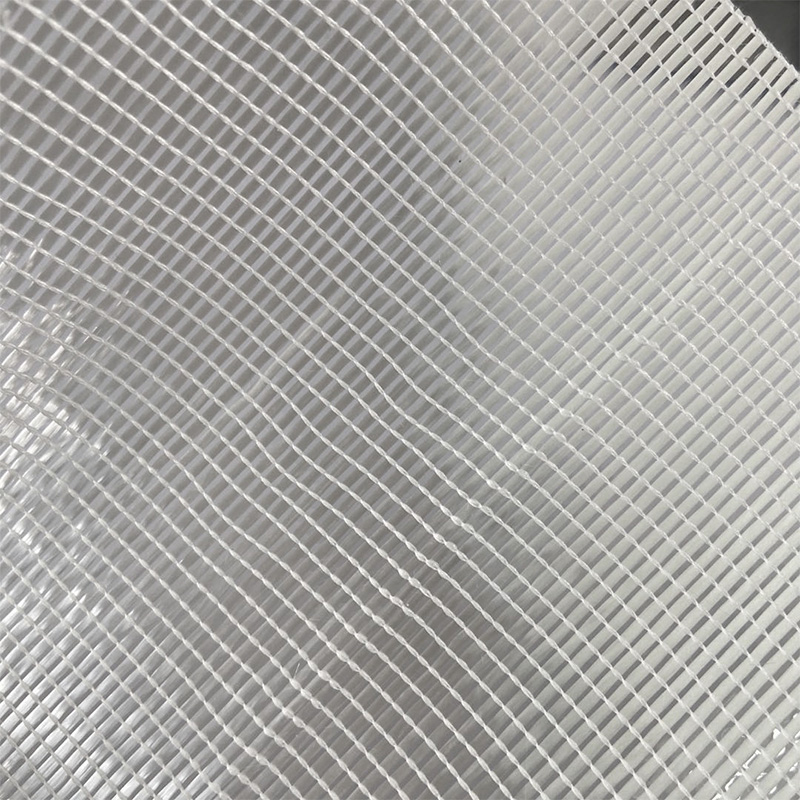


 English
English 中文简体
中文简体 русский
русский Español
Español